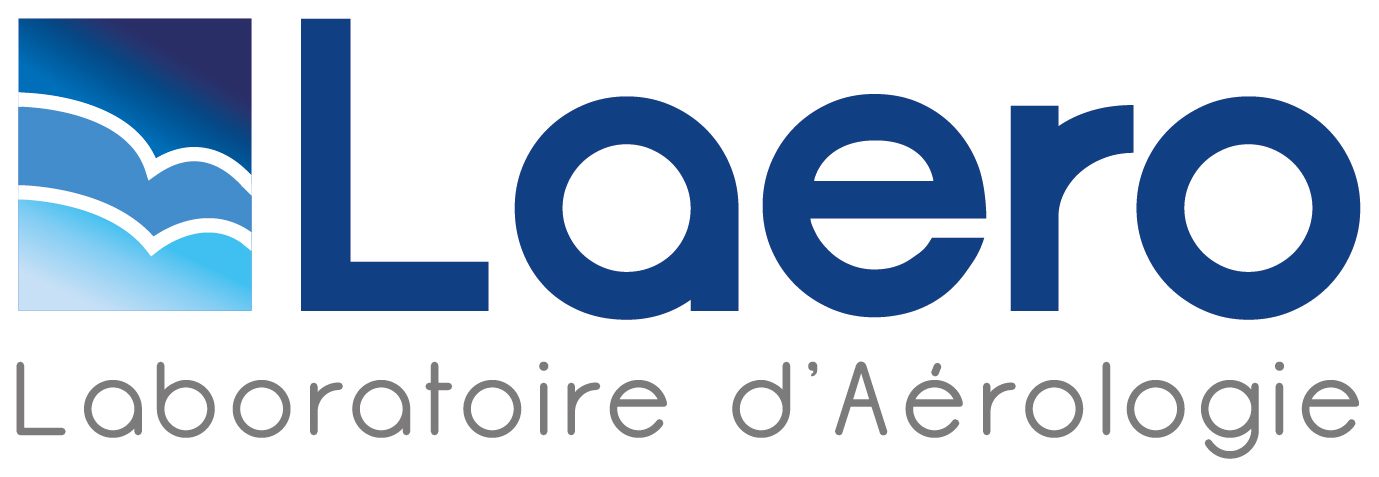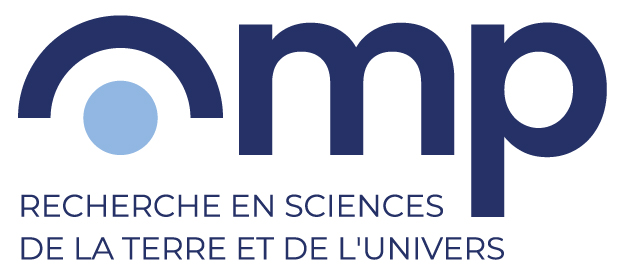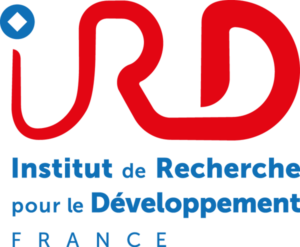Séminaire Ronan Paugam
Overhead Thermal Image Analysis for Plume and Radiative Transfer Modeling in the context of Large scale fire
Forest management relies in part on Prescribed Burns (PB). Predicting PB fire intensity and dependence to weather conditions and ignition procedures is of critical importance to control post burn vegetation mortality and smoke emission. To improve current modeling tools, such as fire spread models and plume models typically used in PB prediction, there is a need for high resolution fire behavior monitoring data that could be used to constrain (i.e. data assimilation) and/or validate model.
Furthermore, fire emission used in weather forecast system are now relying more on more on the Fire Radiative Power (FRP) satellite product which despite its operational maturity still lack validation in the context of large scale fire. Indeed, the impact of flames/plume emission/absorption on the FRP measurement methodology still need to be estimated. Radiative transfer modeling can solve this problem, but would rely on radiative characteristic inputs that could potentially be extracted from fire behavior measurement.
In this presentation, I will show the work I have been doing on analyzing and integrating overhead thermal images from prescribed burns to force the meso scale fire-atmosphere system ForeFire-MesoNH to simulate emission transport. Focus will be made on fire behavior metrics computation and their uses to simulate energy transfer between the fire and the atmosphere.
Using an example of data integration from a prescribed burn conducted in Kruger Park (South Africa) in the ForeFire-MesoNH system, I will show results from an ongoing work on Radiative Transfer (RT) modeling based on the DART model.
The scene used in DART is made of a combination of the ForeFire-MesoNH simulated plume and parameterized flame which form a 3D numerical representation of the fire scene (flame + plume) with estimates of soot, aerosols, and temperature distributions. While only focusing in the middle infra red part of the spectrum (~4 micron) for now, this scene is passed to DART to simulate 3D energy transfer and thermal images, like the ones used in the fire behavior analysis. The integration of the modeled plume composition in DART is still an on-going process, and only preliminary results would be shown here.
This work is intended to develop a simulation system including fire energy emission, plume dynamics and radiative energy transfer that could help the development of simpler fire spread and plume models for used in operational context.
You can find some examples of my work on this website: https://ronanpaugam.github.io/






